WOG (Water, Oil, Gas), WSP (Working Steam Pressure), and PSI (Pounds per Square Inch) are closely-related – but not interchangeable – concepts manufacturers use to describe how much pressure a valve can withstand
Fire sprinkler and standpipe systems feature a wide range of valves, but it’s not always easy to tell if they’ve got what it takes to withstand or control the pressurized air and water running through them. Part of the confusion stems from the fact that most valves have more than one use: even valves listed specifically for fire protection service may have applications in other water-based systems or even non-water systems containing chemicals, petroleum, gases, or other substances.
Compounding this problem is the wide range of acceptable terms used to describe fire safety valve pressure ratings, including WOG, WSP, and PSI. In this article, we’ll explain how these and other measurements differ, and what you need to know to pick a fire protection valve with a suitable pressure rating.
Are you looking for an overview of trim valves for fire protection systems? Click here to read our guide.
Force and area define PSI, a basic measurement of pressure
Pressure is a measurement of how force is distributed on the surface of impact. It explains why a sharp knife makes faster and cleaner cuts than a dull one. A finely-sharpened knife has a pointed end that concentrates all of the energy – the force – into a small area, which allows the knife to more easily penetrate the surface of the things it cuts. A dull knife distributes that same force around a larger area, spreading the effort thin (which is why you have to press harder with a dull blade than a sharp one).
In plumbing and pipefitting, one often-used measurement of pressure is pounds per square inch, or PSI. PSI measures the pressure of the gas, liquid, or semisolid as it presses against a square inch of pipe or the inside of other fittings. While there are many ways to measure pressure – including BAR, kPa, and others – PSI is the most frequently-used standard by measuring instruments in the United States.
Pressure is all around us – literally. At sea level, atmosphere presses down on an average human body with a metric ton of force. Pressure gauges are calibrated to ignore this atmospheric pressure – to treat it as the “zero” – and provide you with a reading of the difference between the pressure in your pipes and the pressure of the surrounding air. In most applications, PSI is used as shorthand for PSIG (pounds per square inch gauge): the pressure in a piping system relative to the pressure of the surrounding atmosphere.
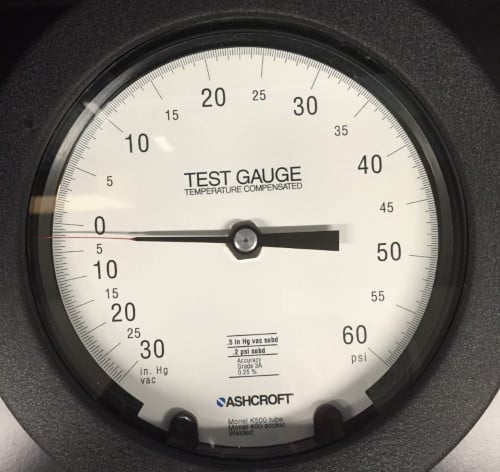
WOG and WSP ratings are expressed in PSIG and indicate allowable pressures at a given temperature
For safety’s sake, each valve used in fire protection – from control valves to the trim valves used to drain and test sprinkler and standpipe systems – should be used only at pressures the valve can safely withstand. Often, however, the letters “WOG,” “CWP,” “WSP,” or other abbreviations, along with a number, are imprinted or cast on the valve. Do they mean the same thing? Not exactly.
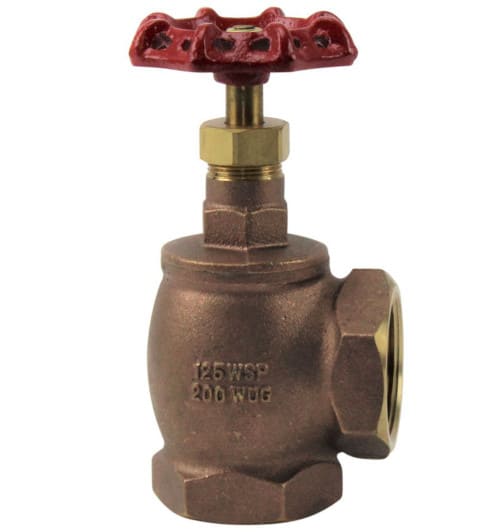
Pipefitters classify valves by their pressure and temperature limitations. Because metal’s strength decreases with rising temperatures, valves subjected to higher temperatures can only withstand lower pressures – and valves at lower temperatures can usually withstand higher temperatures.
The Steam Working Pressure (SWP) rating, sometimes known as Working Steam Pressure (WSP), indicates the maximum allowable pressure from hot, vaporized water. SWP provides an indication of a valve’s upper-temperature limitation: a valve marked “100 SWP” can endure 100 PSIG of pressure from pure steam, which would have a temperature of more than 330 degrees Fahrenheit.
The Water, Oil, Gas (WOG) rating, on the other hand, indicates the maximum pressure, in PSIG, of a valve’s contents at much lower temperatures – usually from 20F to 100F (-29C to 38C). You might think that a valve marked “300 WOG” should be able to handle petroleum gases or oils. Unfortunately, that’s not the case.
If you’re considering a valve for applications beyond water-based systems, you’ll need to consult the manufacturer’s cut sheets to determine if the valve’s design and construction can withstand the specific gases or liquids you’re looking to use. WOG is, more or less, a synonym for another, more accurate term: Cold Working Pressure.
A variety of abbreviations correspond to WOG and SWP, but Cold Working Pressure (CWP) may be the most accurate term to describe pressure limits at standard temperatures
Valve manufacturers rely on a variety of codes and standards that describe everything from the metallic and non-metallic parts that make up a valve to the connections used to secure them to piping. Valves used with domestic water pipelines, compressed air, low-pressure steam, and fire protection systems each adhere to a different set of standards.
Most valves, however, are marked in accordance with standards developed by the Manufacturer’s Standardization Society of the Valve and Fittings Industry, or MSS. In the 2008 edition of its Standard Marking Systems for Valves, Fittings, Flanges and Unions, the MSS specifies how temperature ratings for valves and other fittings should be indicated. The standard explains that a valve’s Cold Working Pressure (CWP) represents the maximum pressure, in PSIG, allowed at “normal” ambient temperatures (those between 20F and 100F).
The Manufacturer’s Standardization Society notes that manufacturers may indicate the cold working pressure with a variety of symbols, including WOG:
- CWP (cold working pressure)
- WO (water, oil pressure)
- WOG (water, oil, gas pressure)
- GLP (gas, liquid pressure)
- WWP (working water pressure)
- W (water pressure)
A valve’s Steam Working Pressure, on the other hand, may be indicated by any of the following abbreviations:
- SWP (steam working pressure)
- SP (steam pressure)
- WSP (working steam pressure)
- S (steam)
Very few NFPA requirements dictate required pressure ratings for fire protection valves
While the National Fire Protection Association (NFPA) offers extensive guidelines for equipment used in fire sprinkler and standpipe systems, it has little to say about the pressure tolerances of most valves.
The 2016 edition of NFPA 14: Standard for the Installation of Standpipe and Hose Systems, for example, simply states that “all valves controlling connections to water supplies and standpipes shall be listed indicating valves” (4.5.1) while defining pressure limits for various other standpipe components, including those that define the use of pressure-reducing valves (A.4.1).
The NFPA does, however, provide specific pressure requirements for valves used in fire sprinkler systems:
From the 2019 edition of NFPA 13
7.1 General. This chapter shall provide requirements for correct use of sprinkler system components and hardware
7.1.2 Rated Pressure. System components shall be rated for the maximum system working pressure to which they are exposed but shall not be rated at less than 175 psi (12 bar) for components installed above ground and 150 psi (10 bar) for components installed underground.
Nearly all control valves used in fire sprinkler and standpipe systems should be listed, meaning that they’re approved for that use by a third-party testing group like UL or FM Approvals. These standards tell manufacturers how much pressure a valve must withstand to earn their approval, guiding manufacturers to an appropriate minimum pressure rating.
But trim valves, test valves, and drain valves need only be approved for use by local fire authorities, which means that it’s up to the installer to select a valve with a pressure rating suited to the fire sprinkler or standpipe system.
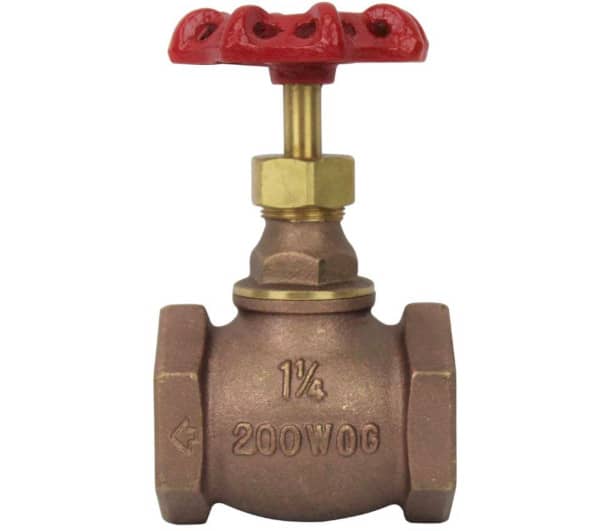
Listed and approved butterfly, trim, and drain valves with the right pressure
QRFS offers drain valves, test valves, backflow prevention valves, and control (butterfly) valves for fire sprinkler and standpipe systems. We carry many UL-listed valves rated at 175 WOG or higher, suitable for use in aboveground and underground fire sprinkler systems, standpipe systems, and a variety of plumbing and piping applications.
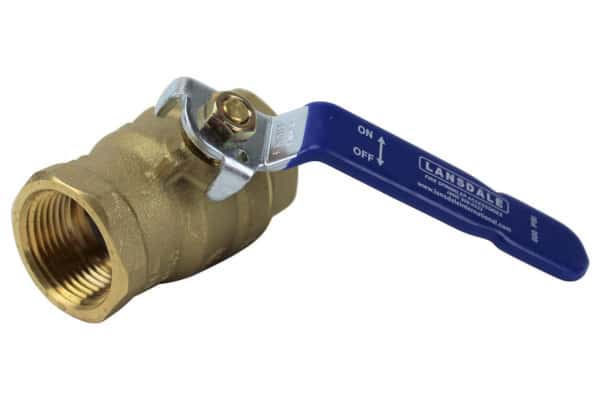
To browse our wide selection of trim valves, including globe valves, angle valves, ball valves, and three-way valves, click here.
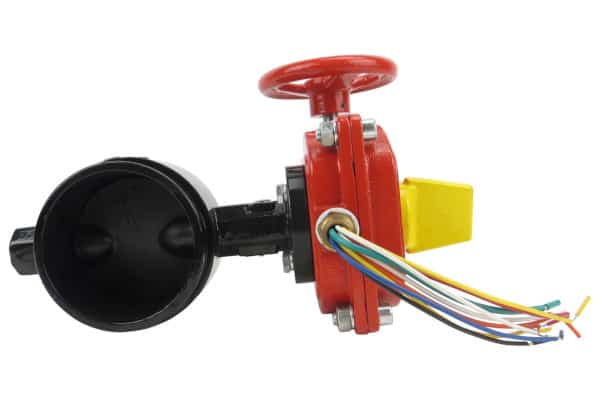
To check out our selection of butterfly valves, including grooved, wafer, powerball, and threaded varieties, click here.
As always, we’re happy to take any questions you might have – get in touch with us at support@QRFS.com, give us a call at 888-361-6662, or reach out to us through our contact page.
We’ve also got loads of articles on fire protection valves, including a guide to trim valves, a guide to butterfly valves, a guide to check valves, and much more – click here to view our more than 100 pieces on fire protection subjects or try out the search field at the top of this page!


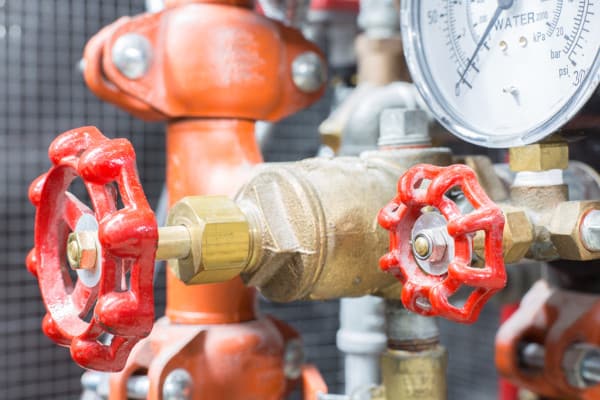
Does the valve rating on a Fire protection valve have to be higher to be installed in a power plant ? thanks BOB
For system application questions like this, you can try our Ask a Fire Pro service. Click the link to submit your question with some information about your building or system, and a fire protection professional will provide an answer based on standards and codes. Our pros include AHJs, contractors, engineers, and code experts with 150+ years of combined experience!
Good afternoon.
Can I use a WOG valve for ethane service such as household fuel gas?
Thanks.
Hey Federico — commenting on the use of valves for applications beyond fire protection is beyond our expertise. And in the case of household gas, you should definitely contact an industry expert. Thanks for reading and best of luck!